 Salem Tornado, 1947
Salem Tornado, 1947
Entry Category: Science and Medicine - Starting with S
 Salem Tornado, 1947
Salem Tornado, 1947
Saline Memorial Hospital
Salmonids
aka: Trout
aka: Salmon
Sanitation
 Anna Saugey
Anna Saugey
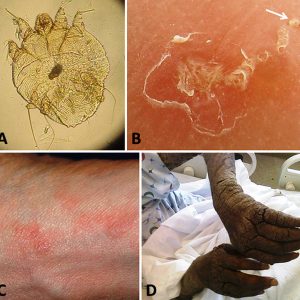 Scabies
Scabies
 James Isaac Scarborough
James Isaac Scarborough
 Richard Schilberg
Richard Schilberg
 Richard Schilberg
Richard Schilberg
 Richard Schilberg Aircraft
Richard Schilberg Aircraft
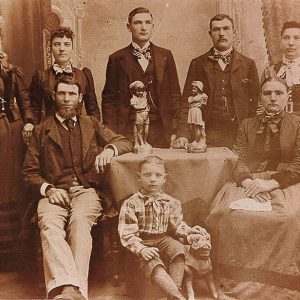 Schilberg Family
Schilberg Family
 Schilberg License
Schilberg License
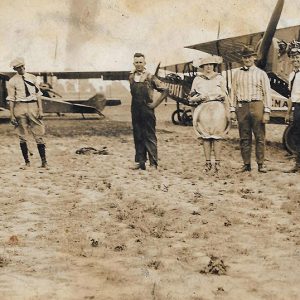 Richard Schilberg
Richard Schilberg
Schilberg, Richard
Schoppach, Annie
aka: Annie Adelia Anette Ryerse
Science and Technology
Scorpionflies
aka: Mecopterans
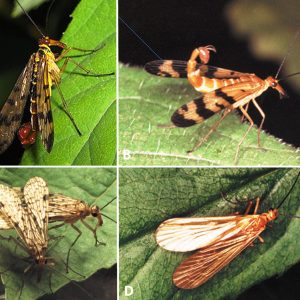 Scorpionflies of Arkansas
Scorpionflies of Arkansas
 Scorpionfly
Scorpionfly
Sculpins
aka: Cottids
Senior Centers
Sex Education
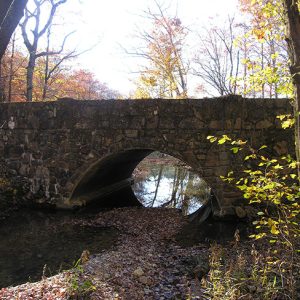 Shady Lake CCC Bridge No. 1
Shady Lake CCC Bridge No. 1
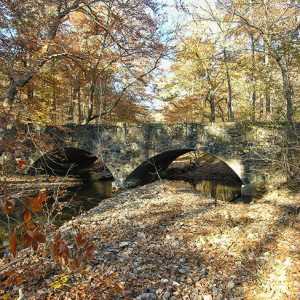 Shady Lake CCC Bridge No. 2
Shady Lake CCC Bridge No. 2
Shannon, Robert Fudge
 Shaw Bridge
Shaw Bridge
Sherman, Jerome Kalman
Shrews
Shrimps
aka: Prawns
Shrubs
Silitch, Mary Frances
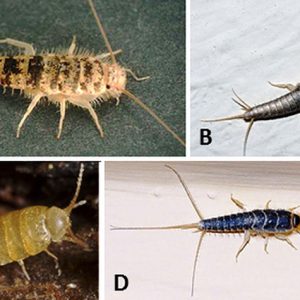 Silverfish
Silverfish
Silverfish
aka: Bristletails
 Silversides
Silversides
 Six Bridges
Six Bridges
Slime Molds
Smallpox
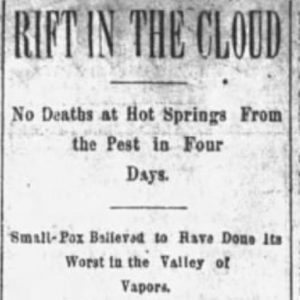 Smallpox Article
Smallpox Article
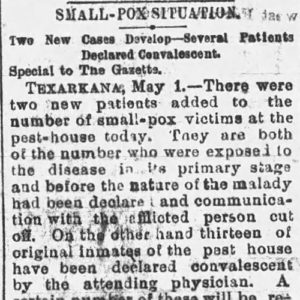 Smallpox in Texarkana
Smallpox in Texarkana
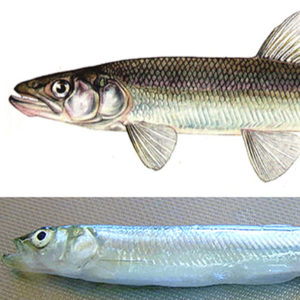 Smelts
Smelts
Smelts
aka: Osmerids
 Dr. Charles Smith
Dr. Charles Smith
Smith, Morgan
 Morgan Smith Article
Morgan Smith Article
Smith, Willis S.
 Snake Fungal Disease
Snake Fungal Disease
Snake Fungal Disease
aka: Ophidiomycosis
Sneed Tornado of 1929
aka: Tornado Outbreak of April 10, 1929
Snodgrass, William Anderson
 William Anderson Snodgrass
William Anderson Snodgrass




